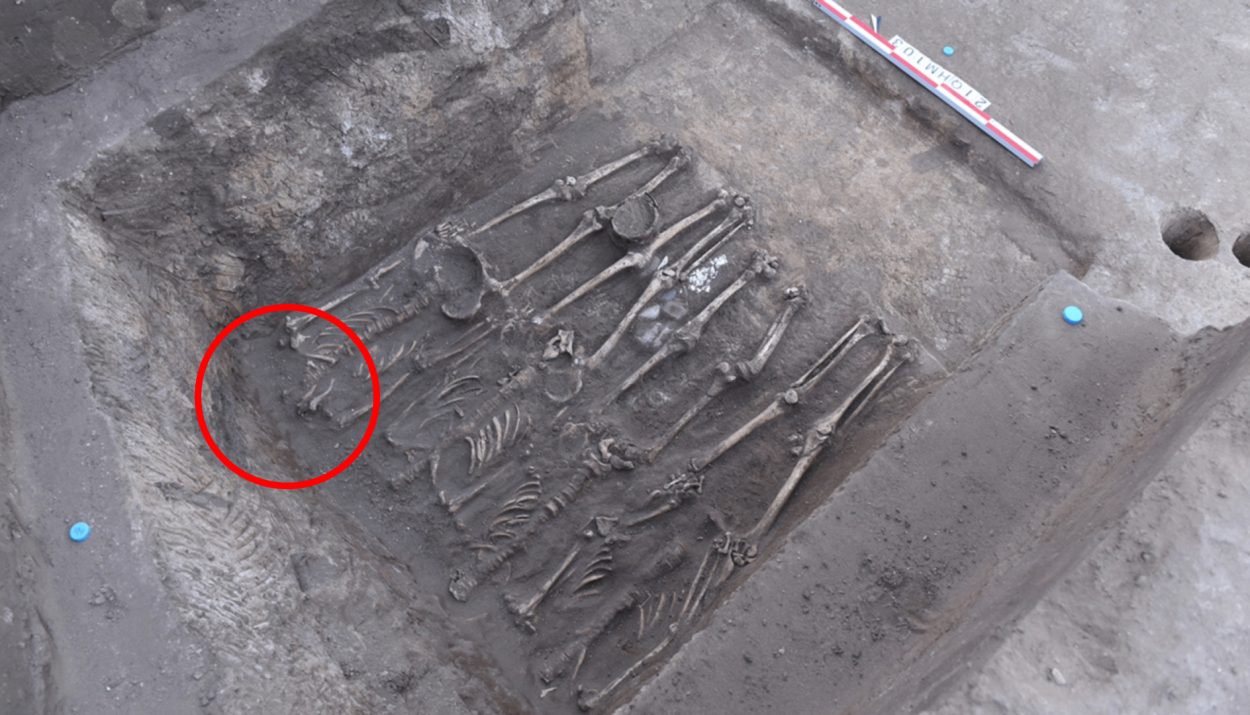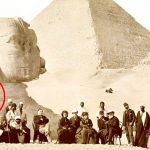Roughly 4,100 years ago, something tragic and gruesome befell a group of women and children living in Heilongjiang province of northeastern China. Several dozen people were killed, likely in a single event, and 41 of them were decapitated. How do we know this?
A mass grave has been unearthed that offers evidence to the single largest head-hunting event from the history of Neolithic China. The site was first discovered in the 1990s, but a more recent and more thorough study of the mass graves paints a clearer story of the horrific event and sheds light on the cruel headhunting practice of ancient China.
Shocking Discoveries While Excavating the Mass Graves
The Honghe site, found in the Heilongjiang province, came to the attention of archaeologists back in the 1900s but the first serious excavation of the site started in 2013. Since that time, there have been six digs at Honghe, each adding more evidence to reveal the tragedy that took place there long ago.
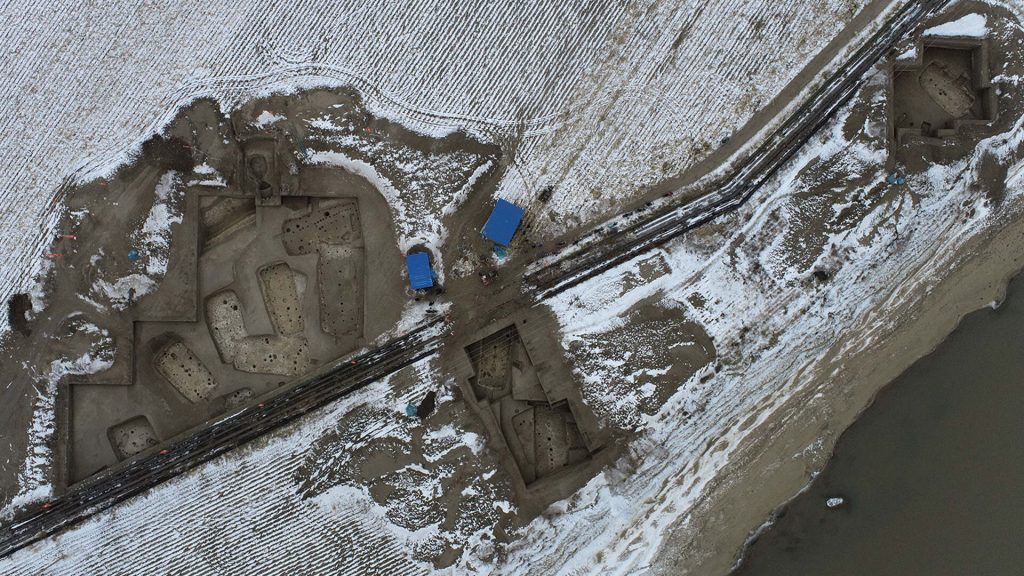
Archaeologists have sifted through the remains of two houses and three tombs. What they found was shocking. In all, 68 human skeletons were unearthed which dated back to more than 4,100 years ago. Of the 68 skeletons, 41 of them were headless. It was clear that the victims were targeted by headhunters.
China During Neolithic Times
During Neolithic times in China, which spanned from around 10,000 BCE to approximately 2,000 BCE, the region underwent significant cultural and technological developments. Communities transitioned from a nomadic, hunter-gatherer lifestyle to settled agricultural societies, marking the advent of agriculture as a primary means of subsistence.

Evidence suggests the Honghe people were a community of farmers, hunters, and fishers, but that they were also skilled warriors. Three defensive trenches found around the settlement show that the Honghe people had ongoing violent conflicts with other groups.
The Foundation for China’s Rich Culture
The civilizations that arose during China’s Neolithic era are credited with making significant advancements that laid the foundation for China’s rich culture. Among them were advances in agriculture, stonework, burial practices, social structure, and writing.

During this time, rice and millet were cultivated and both dogs and pigs were domesticated. The people of Neolithic China were skilled at making pottery, stone tools, and jade jewelry. A hierarchical social system was in place and there is evidence of early written language. In all, the people of Neolithic China were not as brutal as this incident would suggest.
A Ghastly Revelation
The headless remains at the Honghe site, according to archaeologists, were all women and children. That ghastly revelation added to the horror of the event. Why were women and children targeted, why weren’t there any men among the remains, and why were they decapitated?
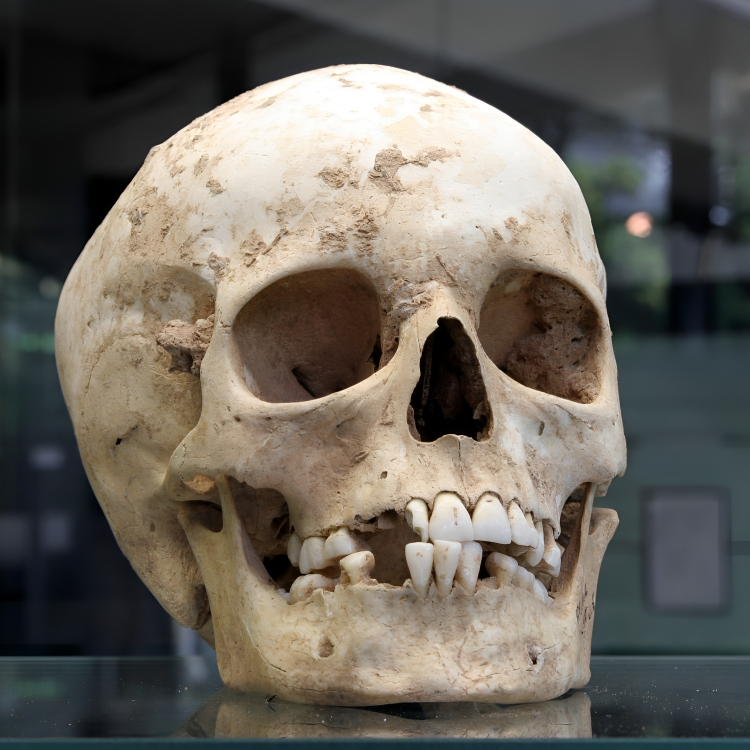
The mystery thickened when four skulls, all male and all dating from the same time period, were recovered from a nearby pit. Tools, pottery and other contemporary artifacts were also found, showing that the area was occupied by the victims before their untimely deaths.
The Practice of Headhunting
Headhunting in ancient China was deeply rooted in the country’s history and cultural beliefs. It was associated with the belief that obtaining an enemy’s head in battle conveyed power and spiritual significance. The practice also aimed to capture the essence of their adversaries by taking their heads as trophies.
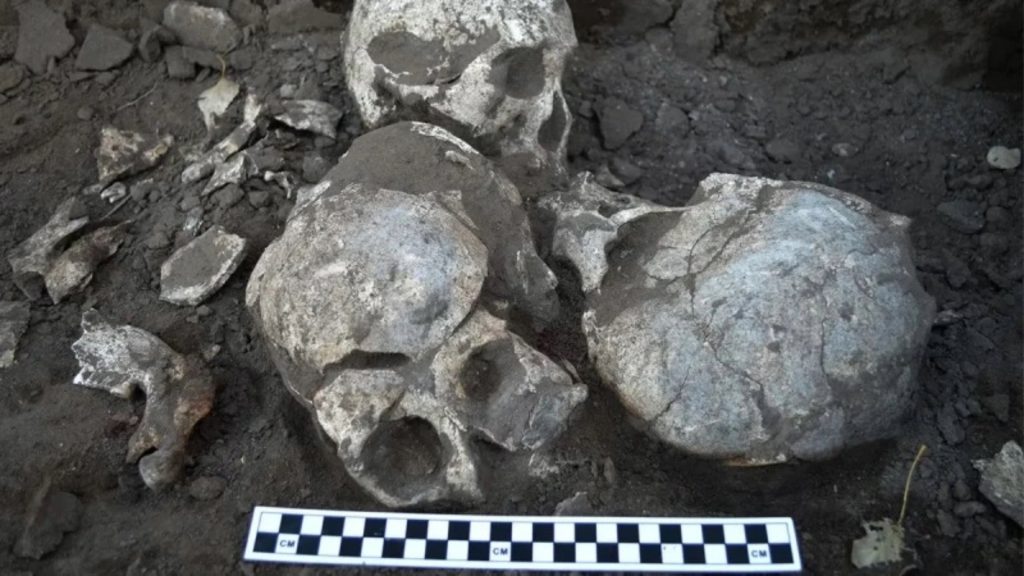
The heads were often displayed as symbols of triumph, showcasing the warrior’s bravery and prowess. Moreover, the act of collecting heads was intertwined with spiritual beliefs, as it was thought to harness the defeated enemy’s spirit, preventing it from seeking revenge.
A One-Of-A-Kind Mass Grave
According to Qian Wang, a professor at Texas A and M University, there is textual evidence and oral stories to support the fact that headhunting was practiced in Neolithic China, however there are no other mass graves of headless skeletons dating from that time period. More often a few headless skeletons or a few bodiless skulls have been found.

Dr. Wang explained that nearly all of the other remains of headhunting victims that have been found from the same time period show similar cut marks on the second vertebrae. This indicated that a consistent method of decapitation was used, likely knives made with sharp stone blades.
A Different Method of Decapitation
The headless skeletons uncovered at the Honghe site, however, do not display the same narrow cut marks. Charlotte Roberts, archaeology professor emeritus of the U.K.’s Durham University, pointed out that the headless skeletons bore no evidence of cut marks.
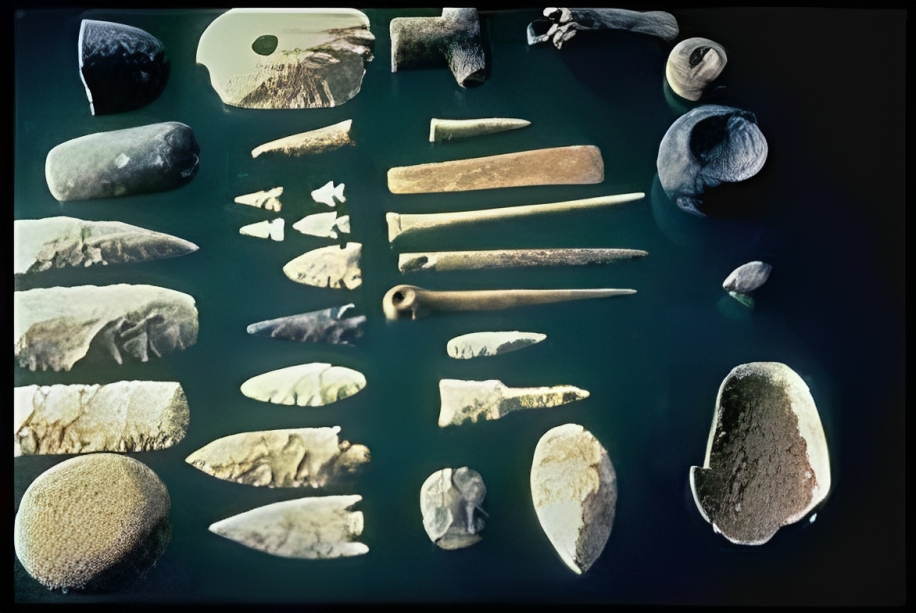
The lack of the telltale signs of the stone blade knives on the victims’ vertebrae is evidence that this commonly used method of decapitation was not used on the victims of the mass headhunting incident. It is clear that a different method of decapitation was used, but just what that method was remains a mystery.
But Why Were Women and Children Killed?
Dr. Roberts also found it noteworthy that the victims of the mass headhunting were women and juveniles, not male warriors. She called it “remarkable” in that it demonstrated an unprecedented violence against women and children. One theory to explain the incident suggests that the mass beheading was done for ritual purposes.
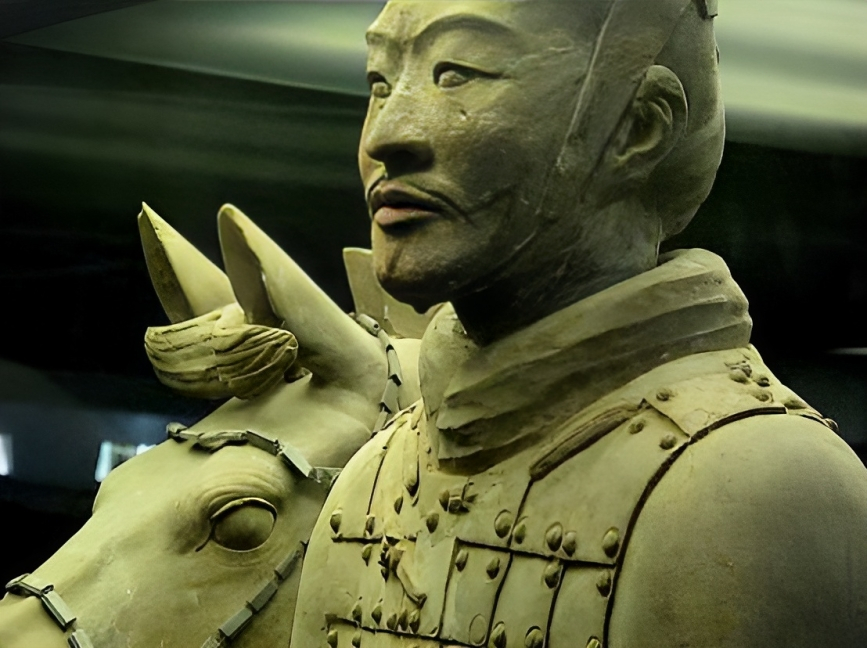
Another theory contends that the settlement may have been attacked when the adult males were away, either on a hunting expedition or to conduct warfare on a neighboring tribe. The attackers may have killed everyone remaining in the village and left with their heads to send a message to the male members of the tribe.
A Mystery that Remains Unsolved
Researchers and archaeologists are not finished with their study of the Honghe site or with their analysis of the headless skeletons found there. As excavations at the site yield more Neolithic artifacts, a clearer picture is emerging about the people who lived there more than 4,100 years ago … and the women and children who were brutally slain.
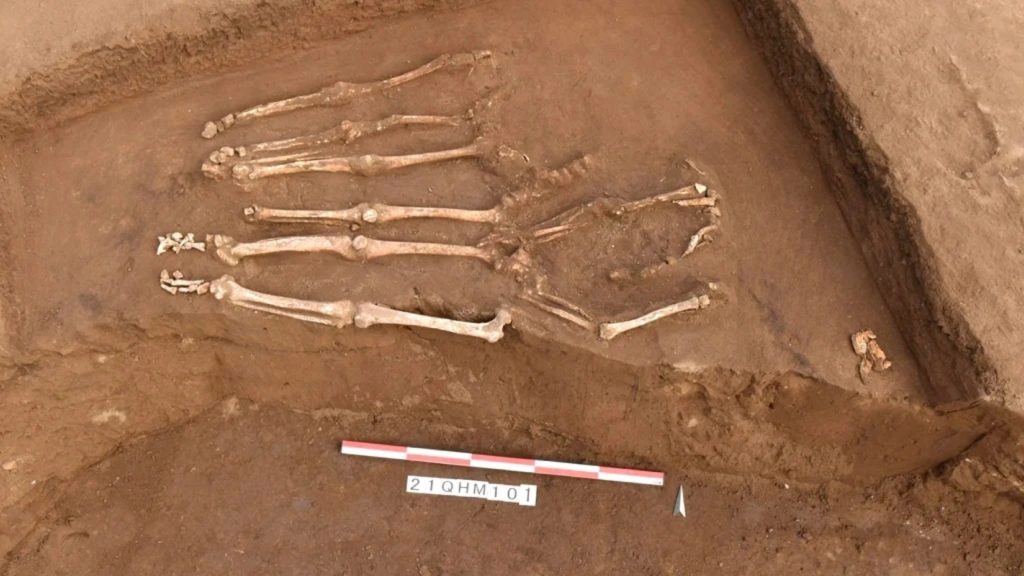
The headless skeletons unearthed at the Honghe site offer insight into the horrific practice of headhunting in ancient China. Whether it was done during war or as an unprovoked attack on innocent civilians, the decapitations tell the darker side of China’s ancient history.

